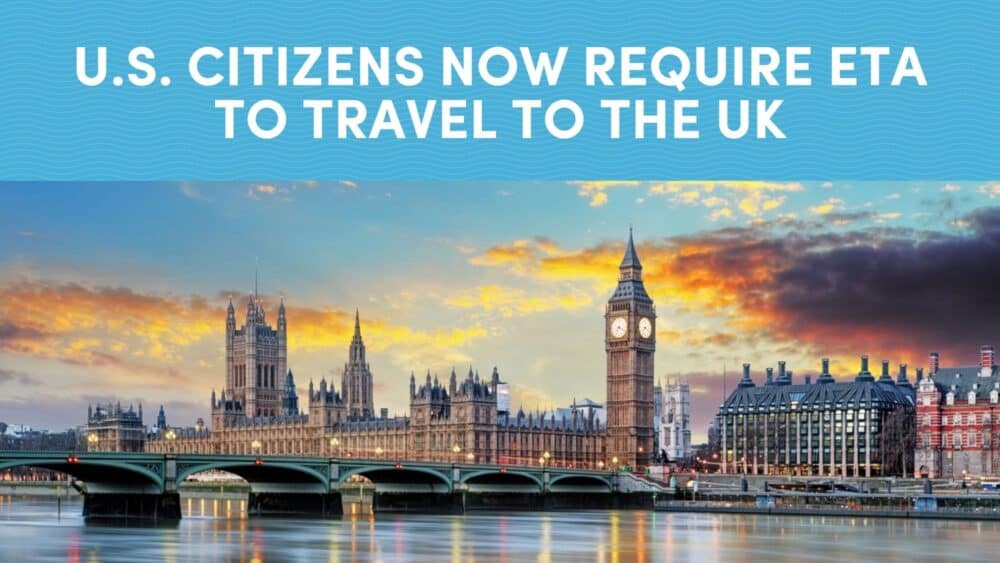
10xTravel is part of an affiliate sales network and receives compensation for sending traffic to partner sites, such as CreditCards.com. This compensation may impact how and where links appear on this site. This site does not include all financial companies or all available financial offers. Terms apply to American Express benefits and offers. Enrollment may be required for select American Express benefits and offers. Visit americanexpress.com to learn more. All values of Membership Rewards are assigned based on the assumption, experience and opinions of the 10xTravel team and represent an estimate and not an actual value of points. Estimated value is not a fixed value and may not be the typical value enjoyed by card members.
Note: Some of the offers mentioned below may have changed or may no longer be available. The content on this page is accurate as of the posting date; however, some of our partner offers may have expired. You can view current offers here.
Stopovers and open jaws are a great way to stretch your miles even further, but what are they exactly? And how can you make the most of them? This article will help you understand the basics of stopovers and open jaws, what airlines allow them, and how you can best use them for your next mileage redemption.
What is a Stopover?
A stopover is an extended stop enroute to your destination. Extended has a different definition depending on whether your trip is domestic or international. On domestic trips, a stopover is any stop greater than four hours but on international trips, a stopover is any stop greater than 24 hours.
Let’s say that you are flying from Chicago O’Hare (ORD) to Milan (MXP). On that trip, you stop in London for 4 hours. This would not be a stopover because it is less than 24 hours. If, however, you stopped in London for 72 hours, this would be considered a stopover.
Note that not all airlines allow stopovers on award tickets, but we’ll look at what some popular airlines allow below.
What is an Open Jaw?
An open jaw is a little bit simpler to understand, and it doesn’t depend on whether your flight is domestic or international. When you fly to a destination and then fly back from a different airport, you have an open jaw. For example, if you fly from ORD to MXP and then you fly from Paris (CDG) back to ORD, you have an open jaw between MXP and CDG.

An open jaw is when you fly to one destination and home from another
An open jaw doesn’t necessarily have to be between two cities that are close together, but what is allowed depends on the miles that you are using to book your tickets.
What Do Airlines Allow?
As mentioned above, different airlines allow different things when it comes to stopovers and open jaws, and these rules aren’t always straightforward or easy to find. Below, I’ve collected information for the airlines you are most likely to use for award tickets.
| Airline | Stopover Rules | Open Jaw Rules |
|---|---|---|
| Air Canada | 2 stopovers allowed on round-trip bookings, or 1 stopover and 1 open-jaw allowed on round-trip bookings | Allowed (with max 1 stopover) |
| Alaska Airlines | 1 stopover allowed on one-way flights, usually has to be in a hub city | Allowed |
| American Airlines | Not allowed | Allowed |
| ANA | Not allowed on most awards. On awards departing from Japan, one stopover is allowed. On “round-the-world” awards, 7 stopovers are allowed | Allowed if in the same region |
| British Airways | Distance based award chart, so price does not change whether you have a stopover or not in a city you are connecting through anyway | Allowed |
| Delta Air Lines | Not allowed | Allowed |
| Flying Blue (Air France-KLM) | 1 stopover allowed on round-trip bookings | Allowed |
| Singapore Airlines | 1 stopover allowed on round-trip bookings | Allowed |
| United Airlines | 1 stopover allowed on round-trip bookings, goes by the name of the “Excursionist Perk” | Allowed |
What Are the Sweet Spots?
Since airlines all have different rules regarding stopovers, and open jaws, I wanted to highlight some of the really cool things you can do with the programs listed above.
Alaska Airlines
Alaska Airlines allows stopovers on one-way awards. This means if you’re using Alaska Airlines to book a round trip, you can actually have one stopover in each direction! Now, in general, stopovers are limited to the hub cities of partner airlines, so you can’t choose to stopover just anywhere. It’s still a great way to see some extra destinations on your trip, though!
Let’s say you are taking a trip to Bangkok (BKK). If you fly Cathay Pacific on the way there, you can stopover in Hong Kong (HKG) for as few or as many days as you would like. You can then fly Japan Airlines from BKK to Tokyo Narita (NRT) or Tokyo Haneda (HND) and enjoy Tokyo for as few or as many days as you would like before heading home!

You can use a stopover to visit Tokyo on your way home!
A one-way flight on Cathay Pacific would cost 30,000 Alaska Mileage Plan miles in economy, 50,000 miles in business class or 70,000 miles in first class. Alaska’s redemption rates on Japan Airlines from Southeast Asia are slightly different. Your flights home from BKK would cost 40,000 miles in economy, 65,000 miles in business class or 75,000 miles in first class.
ANA
If you have an extended amount of time to take a trip, it’s tough to beat the whopping seven stopovers allowed on ANA’s “Round The World” award chart. The total price you’ll pay for your flights depends on the number of miles you actually end up flying.
Let’s take an example trip of the following, including stopovers in each city:
- Chicago to London
- London to Frankfurt
- Frankfurt to Istanbul
- Istanbul to Mumbai
- Mumbai to Bangkok
- Bangkok to Tokyo
- Tokyo to Chicago
The total flown distance for these flights is 19,566 miles, putting you just barely within the 18,001 to 20,000 distance bracket on ANA’s award chart. This would cost you 75,000 miles to fly in economy, 115,000 miles in business class, or 180,000 miles in first class… including all of the stops!
British Airways
Similar to ANA’s Round the World award chart, British Airways has a distance based award chart, but it operates a little bit differently. Instead of paying based on the total distance you fly, you pay based on each individual flight segment. What this ends up meaning, is that flights don’t cost more whether you stop or not.
For example, let’s say you want to fly from Detroit (DTW) to Grand Cayman (GCM). To do so, you would need to have a layover as there are no direct flights on American Airlines between DTW and GCM. Your layover options are limited to places where American Airlines operates to GCM, in this case: Miami (MIA), Charlotte (CLT), and Dallas (DFW).
In this case, flying through CLT offers the cheapest total price of 15,000 miles one-way (DFW and MIA would both cost 17,500 miles one-way). The way the pricing works is that you’re really paying 7,500 miles for the flight from DTW to CLT and 7,500 more miles for the flight from CLT to GCM. That means that you can actually stop in CLT for no additional miles!

You can use a stopover to visit Charlotte for no additional miles!
You could also stop in DFW or MIA without paying additional miles for those itineraries, just keep in mind that because the flights are overall a little longer, those itineraries actually cost a little more than the flight through CLT.
United
United calls their ability to fit a stopover into an itinerary the “Excursionist Perk.” United changed things in October 2016 supposedly in order to make everything more simple, but that’s not really how it worked out. I’m not going to go into all of the nuances of the United Excursionist Perk here, because we already have two detailed articles written about it. Check them out:
In case you’re not ready to jump into those articles just yet, here’s what’s important to know:
- The Excursionist Perk is basically a free one-way ticket that must fit within certain requirements.
- You must book three segments as part of the same award ticket in order for the Excursionist Perk to work.
- You must start and end your travel in the same region and your Excursionist must be used in a single region, which must be different from the first region.
- Only one free segment is allowed per booking.
Final Thoughts
There’s a lot going on when it comes to stopovers and open jaws. These things can be incredibly valuable when it comes time to plan your trip, but each airline has different rules and requirements that make booking stopovers and open jaws sometimes much easier said than done.
While there are plenty more airlines we could discuss, we’ve reviewed the rules of some of the most popular airline programs. This should give you a solid start to understanding stopovers and open jaws.
New to the world of points and miles? The Chase Sapphire Preferred® Card is the best card to start with.
With a bonus of 75,000 bonus points after you spend $5,000 on purchases in the first 3 months from account opening. , 5x points on travel booked through the Chase Travel Portal and 3x points on restaurants, streaming services, and online groceries (excluding Target, Walmart, and wholesale clubs), this card truly cannot be beat for getting started!
Editors Note: Opinions expressed here are author’s alone, not those of any bank, credit card issuer, hotel, airline, or other entity. This content has not been reviewed, approved or otherwise endorsed by any of the entities included within the post.









